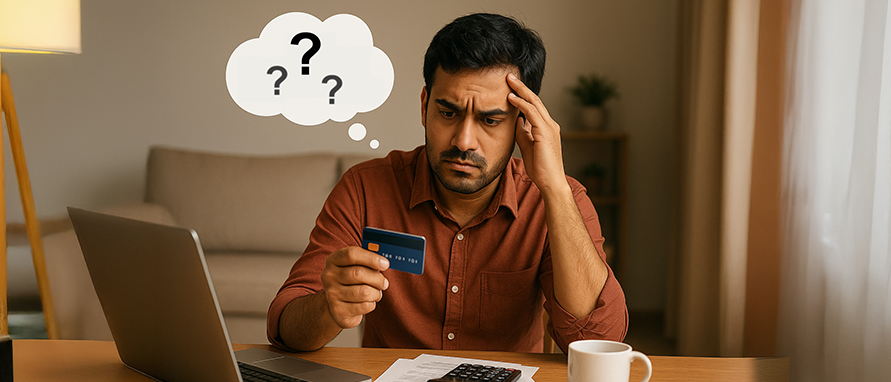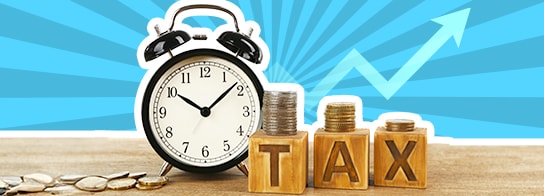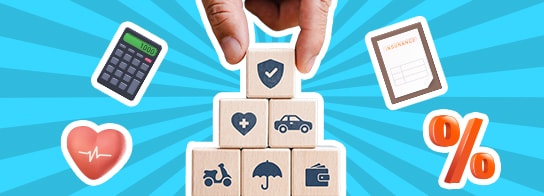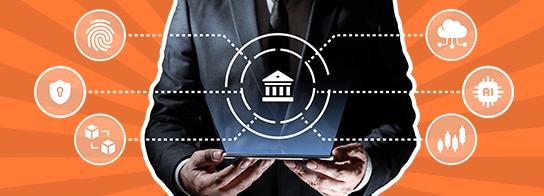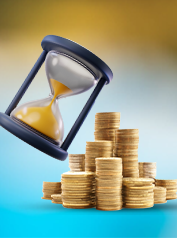Don't Take on More Debt Than You Already Have
Make no new purchases with your credit card until all of the outstanding credit card balance has been paid.
Examine your monthly earnings, essential costs, and savings, and then allocate amounts to pay off your credit card debt. A visual representation of what you have and how much money you'll need to pay off the extra debt will help you.
Pay off the Debts with the Highest Interest Rate First
All credit cards have their own set of terms and conditions, as well as varied interest rates. If you have bills on many credit cards, prioritise the ones with the highest interest rates and pay them off first. This is an efficient strategy to reduce your overall dues.
Convert the Outstanding Credit Card Balance into Manageable EMIs
If you are unable to repay your credit card balance, you can request your bank to convert the outstanding credit card balance into monthly EMIs. Banks impose a monthly interest rate of 2-3% for allowing the EMI facility. There will additionally be a processing fee of about 1-2% of the outstanding credit card balance.
Transfer Credit Card Balance
You can pay off your outstanding credit card balance by using the transfer credit card balance option. Using a balance transfer, you can move your balance from one card to another or from numerous cards to a single card. This provides you with temporary debt relief. The bank offers a credit-free period of up to 90 days to make it easier to repay your outstanding credit card balance.
Use a Personal Loan to Consolidate Your Credit Card Debts
If you don't want to transfer your credit card balance from one credit card to another, consider this option. The interest levied on credit cards is the highest of all service debts. As a result, it is preferable to choose a lower-cost loan to pay off this high-cost debt.







